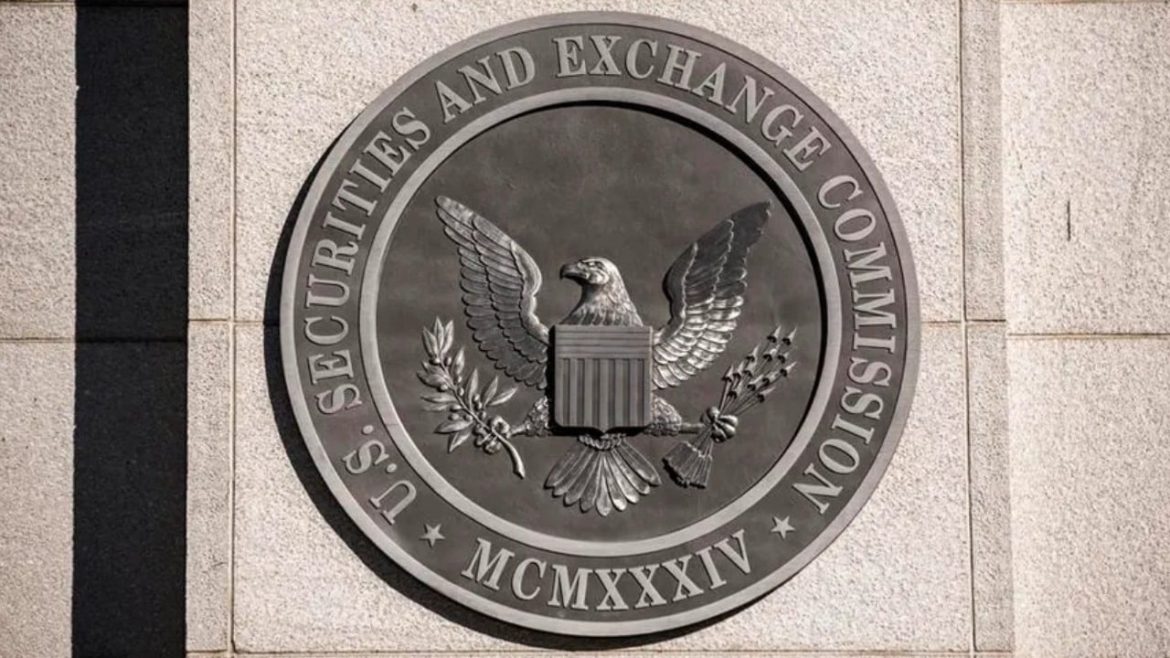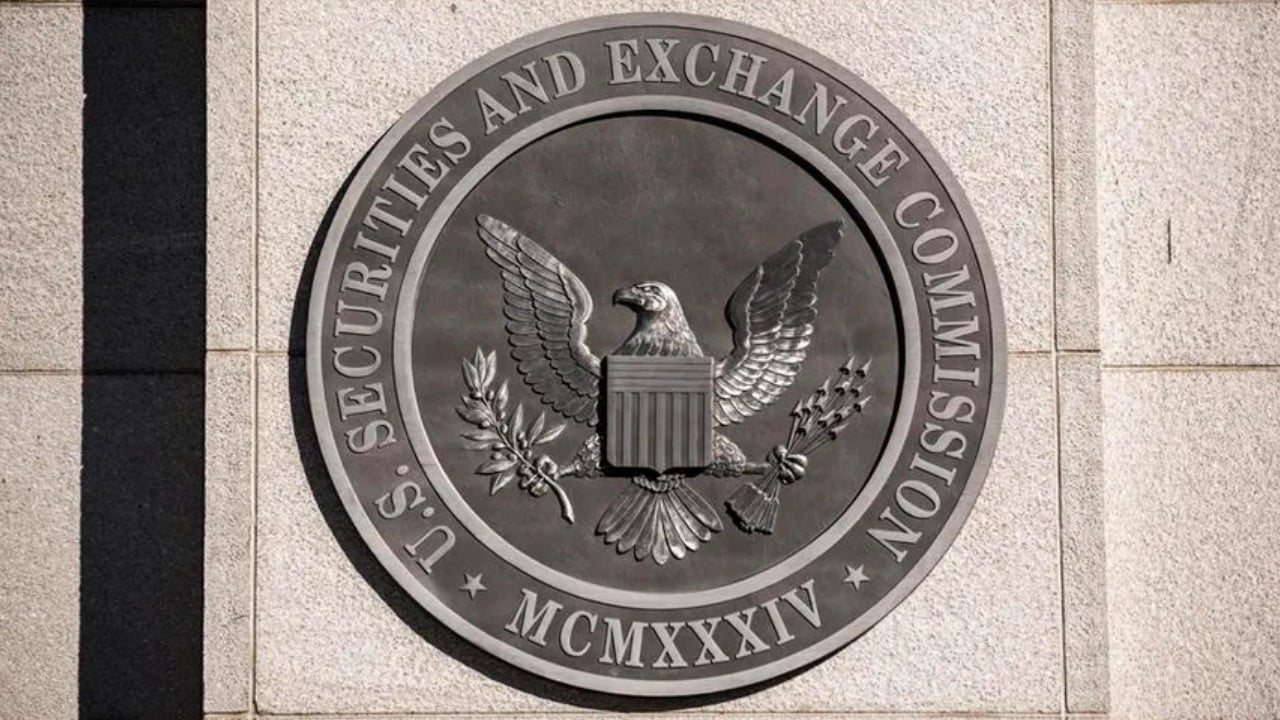The GENIUS Act: A New Dawn for Crypto or a Trojan Horse?
Introduction: A Paradigm Shift in Digital Finance
The cryptocurrency landscape has undergone a profound transformation with the passage of the GENIUS Act. This bipartisan legislation, signed into law after a contentious but ultimately unanimous Senate vote, marks a pivotal moment in the regulation of digital assets, particularly stablecoins. As the crypto industry continues to mature, the need for a comprehensive regulatory framework has become increasingly apparent. The GENIUS Act aims to address this need, but its long-term impact remains a subject of intense debate. This report explores the intricacies of the GENIUS Act, its potential implications, and the divergent perspectives of its supporters and detractors.
The Genesis of GENIUS: Tackling the Stablecoin Challenge
Stablecoins, a subset of cryptocurrencies designed to minimize price volatility by pegging their value to a reserve asset, have become integral to the crypto ecosystem. They facilitate seamless trading, lending, and borrowing, providing a stable medium of exchange in an otherwise volatile market. However, their rapid ascent has also raised significant concerns regarding systemic risk, consumer protection, and the potential for illicit activities. The GENIUS Act directly tackles these issues by establishing a robust regulatory framework specifically tailored to stablecoins.
At the heart of the Act lies the requirement for stablecoin issuers to maintain adequate reserves. This provision mandates that issuers hold reserves equivalent to the value of the stablecoins they issue, ensuring that each digital asset can be redeemed for its pegged asset. The Act further mandates regular audits and transparent disclosures, aiming to instill confidence in the stability and reliability of the system. This aligns with the stance of industry leaders like Tether’s CEO, Paolo Ardoino, who has expressed a willingness to comply with the Act’s provisions and enhance trust through rigorous auditing practices.
Key Provisions: Redefining the Regulatory Terrain
The GENIUS Act extends beyond reserve requirements and transparency measures, delineating a clear regulatory structure that defines the roles of key agencies, including the Securities and Exchange Commission (SEC) and the Commodity Futures Trading Commission (CFTC).
SEC Oversight: Clarifying the Security Landscape
The SEC’s Crypto Task Force, augmented by the inclusion of entities like Chainlink Labs, plays a pivotal role in defining the security status of various crypto assets. The Task Force is tasked with enforcing regulations related to investment products and securities offerings involving stablecoins. SEC Chairman Paul Atkins has underscored the Task Force’s commitment to creating “clear rules,” aiming to provide much-needed clarity to the industry.
CFTC Jurisdiction: Ensuring Fair Trading Practices
The CFTC gains expanded authority over stablecoins used in derivatives trading and other commodity-related activities. The Act seeks to prevent market manipulation and ensure fair trading practices within the stablecoin ecosystem. This provision is crucial for maintaining the integrity of the market and protecting investors from fraudulent activities.
Licensing and Registration: Fostering Responsible Innovation
Stablecoin issuers are now required to obtain licenses and register with relevant regulatory bodies, subjecting them to ongoing supervision and compliance requirements. This provision aims to weed out bad actors and foster a more responsible stablecoin industry. By establishing clear licensing and registration procedures, the Act seeks to create a level playing field for legitimate stablecoin projects.
The Promise: Catalyzing Innovation and American Leadership
Proponents of the GENIUS Act argue that it lays the groundwork for responsible crypto innovation and solidifies American leadership in the global financial landscape. By providing a clear regulatory framework, the Act aims to:
Attracting Investment: Reducing Regulatory Uncertainty
The Act seeks to reduce regulatory uncertainty, encouraging institutional investors and traditional financial firms to enter the crypto space. By providing a clear and comprehensive regulatory framework, the Act aims to attract investment and foster the growth of the crypto industry.
Protecting Consumers: Mitigating Risks
The Act aims to mitigate risks associated with stablecoins, such as potential runs on unbacked assets or fraudulent schemes. By establishing robust reserve requirements and transparency measures, the Act seeks to protect consumers and ensure the stability of the system.
Promoting Innovation: Fostering New Use Cases
The Act allows legitimate stablecoin projects to flourish within a well-defined regulatory environment, fostering new use cases and applications. By providing a clear regulatory framework, the Act aims to promote innovation and drive the development of new technologies and applications.
The Crypto Council for Innovation (CCI) has praised the GENIUS Act as a “defining step for responsible crypto policy,” highlighting its potential to provide a clear and comprehensive framework that promotes innovation while safeguarding consumers. President Trump, upon signing the Act, emphasized its role in “solidifying American leadership in global finance and cryptocurrency technology.”
The Perils: Navigating Potential Pitfalls
Despite the optimism surrounding the GENIUS Act, critics raise concerns about its potential drawbacks and unintended consequences.
Self-Regulation Concerns: The Need for Oversight
One of the most prominent criticisms centers around the Act’s reliance on stablecoin issuers to police themselves. Critics argue that this approach lacks the necessary oversight and enforcement mechanisms to prevent fraud and ensure compliance. As Frayer notes, the GENIUS Act “essentially allows stablecoin issuers to bypass most regular banking protections.”
Regulatory Arbitrage: The Risk of Jurisdictional Loopholes
Concerns exist that the Act may inadvertently create opportunities for regulatory arbitrage, where companies seek out the most lenient jurisdictions to operate, potentially undermining the effectiveness of the regulations. This could lead to a fragmented regulatory landscape, with different jurisdictions applying varying standards and requirements.
Chilling Innovation: The Risk of Overregulation
Overly strict regulations could stifle innovation and drive legitimate stablecoin projects offshore, hindering the development of new technologies and applications. This could lead to a brain drain in the crypto industry, with talented developers and entrepreneurs seeking more favorable regulatory environments.
Lack of Clarity: The Need for Further Guidance
Some argue that the Act, despite its intention, leaves certain key aspects of crypto regulation ambiguous, potentially leading to confusion and legal challenges. The SEC’s Crypto Task Force continues to grapple with defining the security status of digital assets, highlighting the ongoing need for clearer guidance.
401(k) Risks: The Potential for Undue Exposure
The potential inclusion of crypto, particularly stablecoins, in 401(k) plans raises further concerns. While offering potential diversification benefits, the volatility and complexity of crypto assets could expose retirement savers to undue risk. This could lead to significant financial losses for individuals who are already vulnerable.
The Road Ahead: Charting the Course for the Future
The GENIUS Act marks a significant step towards regulating the crypto space, but it is by no means the final word. The coming months and years will be crucial in determining its true impact.
Implementation Challenges: Ensuring Effective Enforcement
Regulators face the daunting task of implementing the Act’s provisions effectively, including establishing clear guidelines for reserve requirements, transparency standards, and licensing procedures. This will require close collaboration between regulators, industry participants, and consumer advocates.
Industry Adaptation: Embracing Compliance
Stablecoin issuers must adapt to the new regulatory landscape, implementing robust compliance programs and demonstrating their commitment to transparency and responsible practices. This will require a significant investment of time and resources, but it is essential for ensuring the long-term success of the industry.
Ongoing Dialogue: Fostering Collaboration
Continued dialogue between regulators, industry participants, and consumer advocates is essential to address emerging challenges and refine the regulatory framework as needed. This will require a collaborative approach, with all stakeholders working together to ensure the success of the Act.
International Coordination: Ensuring Global Consistency
Given the global nature of cryptocurrency, international cooperation is crucial to prevent regulatory arbitrage and ensure consistent standards across jurisdictions. This will require close collaboration between regulators in different countries, as well as the development of international standards and best practices.
Conclusion: A Cautious Step Forward
The GENIUS Act represents a bold attempt to bring clarity and stability to the rapidly evolving world of stablecoins. It has the potential to unlock new opportunities for innovation and solidify America’s position as a leader in the digital economy. However, it also carries risks, and its success will depend on careful implementation, ongoing dialogue, and a commitment to striking the right balance between regulation and innovation. Whether it proves to be a true stroke of genius or a well-intentioned but flawed compromise remains to be seen. One thing is certain: the GENIUS Act has ushered in a new era for crypto, and the journey ahead will be closely watched by investors, regulators, and innovators alike. The path forward is fraught with challenges, but with careful navigation, the GENIUS Act could pave the way for a more stable, transparent, and innovative crypto ecosystem.





